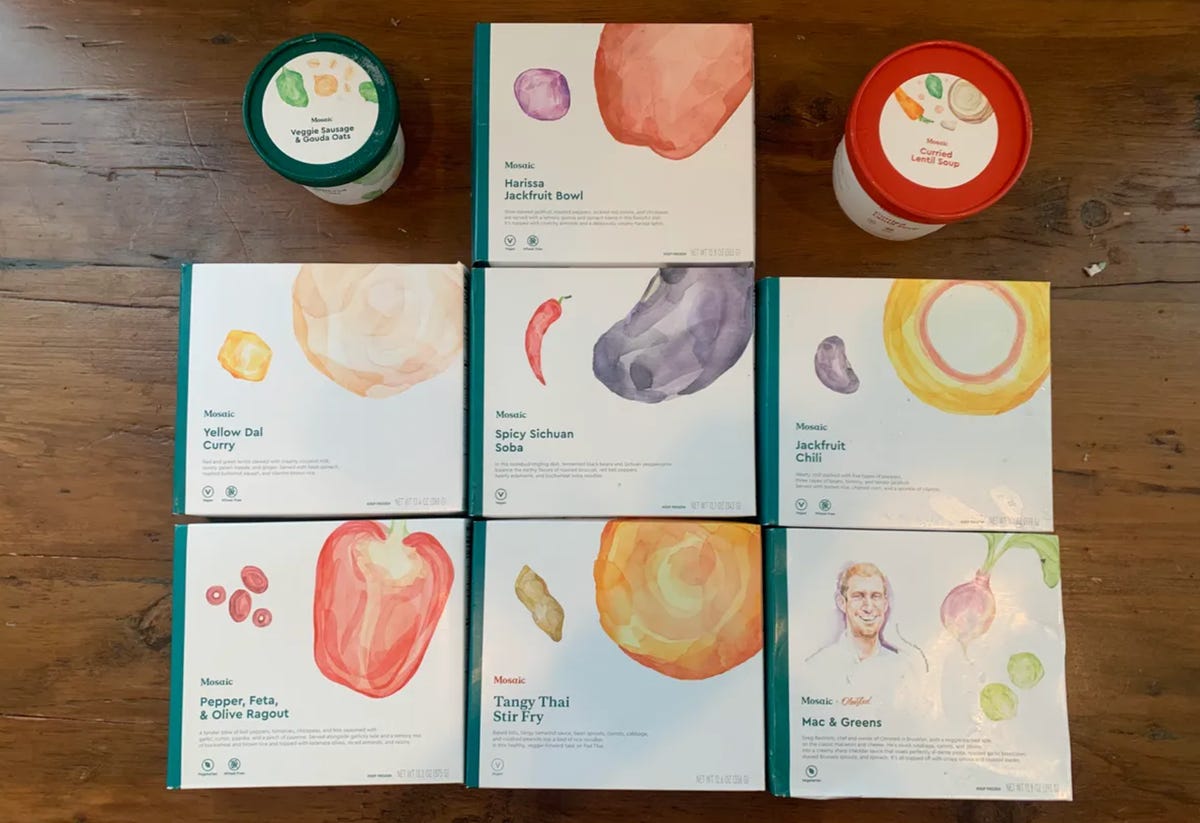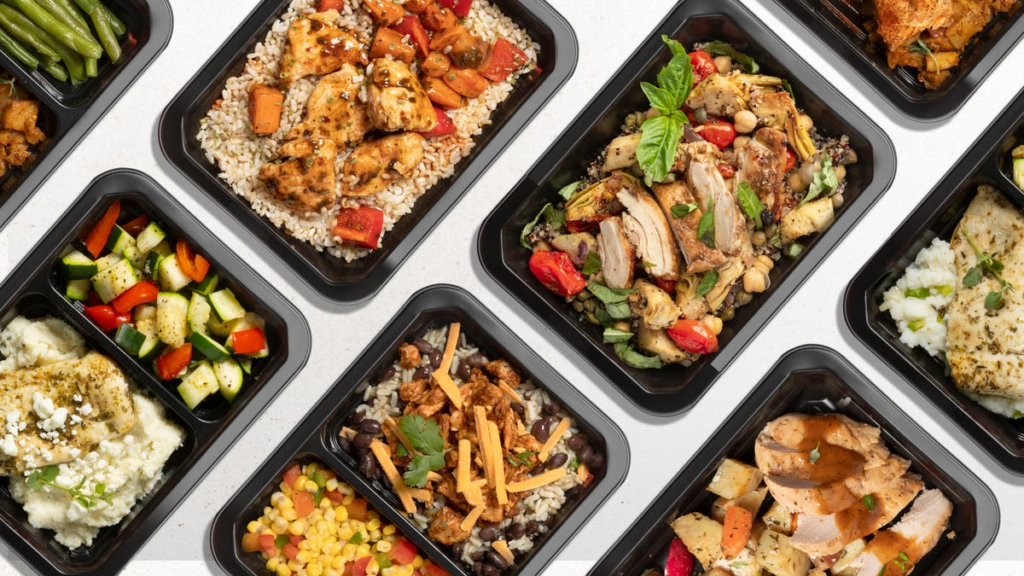To test each meal delivery service, I tried at least five and sometimes as many as 10 meals from any given service. I tried to choose a range of meals from the various menus and meal plan offerings. For instance, if a service offers plant-based meals I was sure to try at least one. I also mixed up the meal types to include rice bowls, meat dishes, plant-based offerings and other various styles offered by the brand. Further, I made sure to test a variety of cuisines — Italian, Indian, Thai, Mexican — if they were offered.
Because healthy food is subjective and people have varying nutrition needs and goals, I tried to approach this list from all angles and determine which meal services were healthiest for different types of eaters. Folks keeping to the keto diet, for instance, may consider low-carb meal delivery “healthiest.” Others who deem vegan and plant-based food healthier than meals with meat will be looking for a service that provides more meatless options.
I also took careful note of each meal delivery service’s website, including what information was provided (ingredients, nutritional info), how well the menu was organized and how simple it was to pick a healthy meal plan and order meals. When they arrived, I noted how well they were packaged and checked whether each meal was still chilled or frozen.

A spread of Mosaic’d plant-based prepared meals.
David Watsky/CNET
To reheat meals, I took a twofold approach. For some, I meticulously followed the heating instructions on the label. Since these are suggestions, I reheated other meals the way I would if left to my own devices. Often that meant warming gently in a nonstick skillet or reheating in an air fryer. Many of the meal delivery services offer a microwave heating option, but I almost always found that produced worse results.
Testing meal kits requires cooking and thus a different stand of practices and procedures for evaluation. Here’s more on how we test meal kits at CNET.

